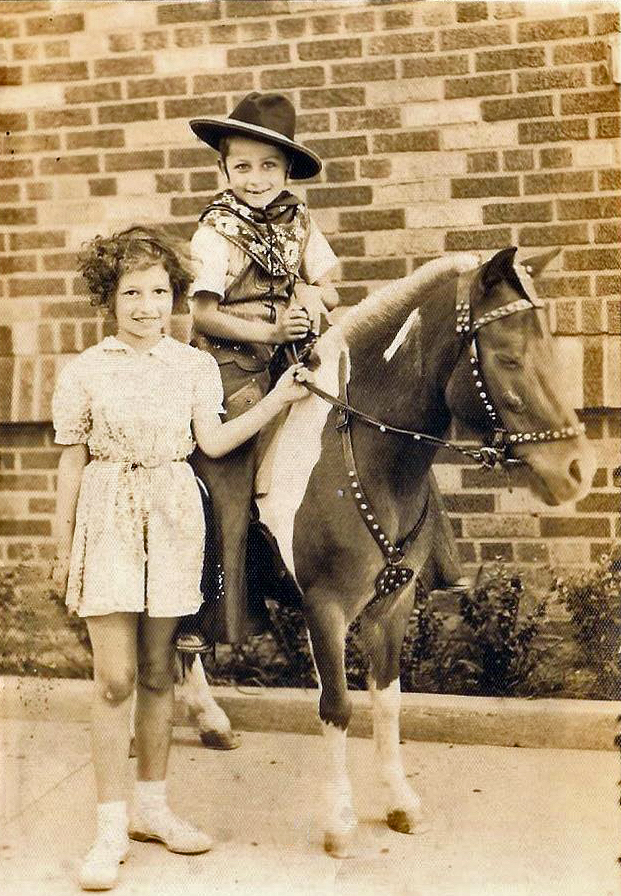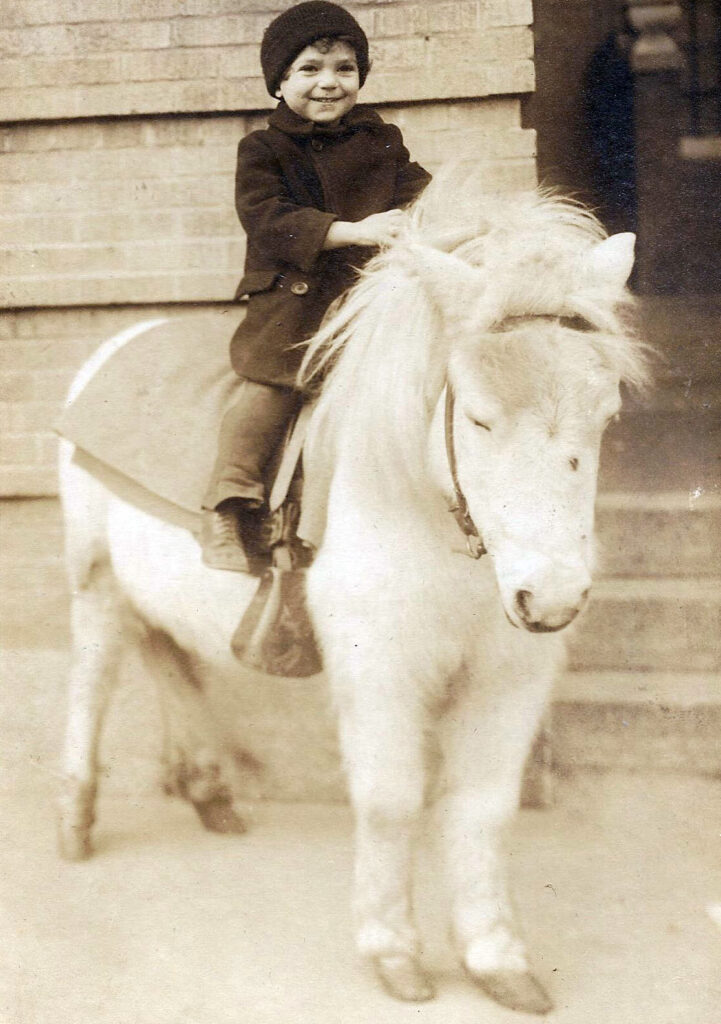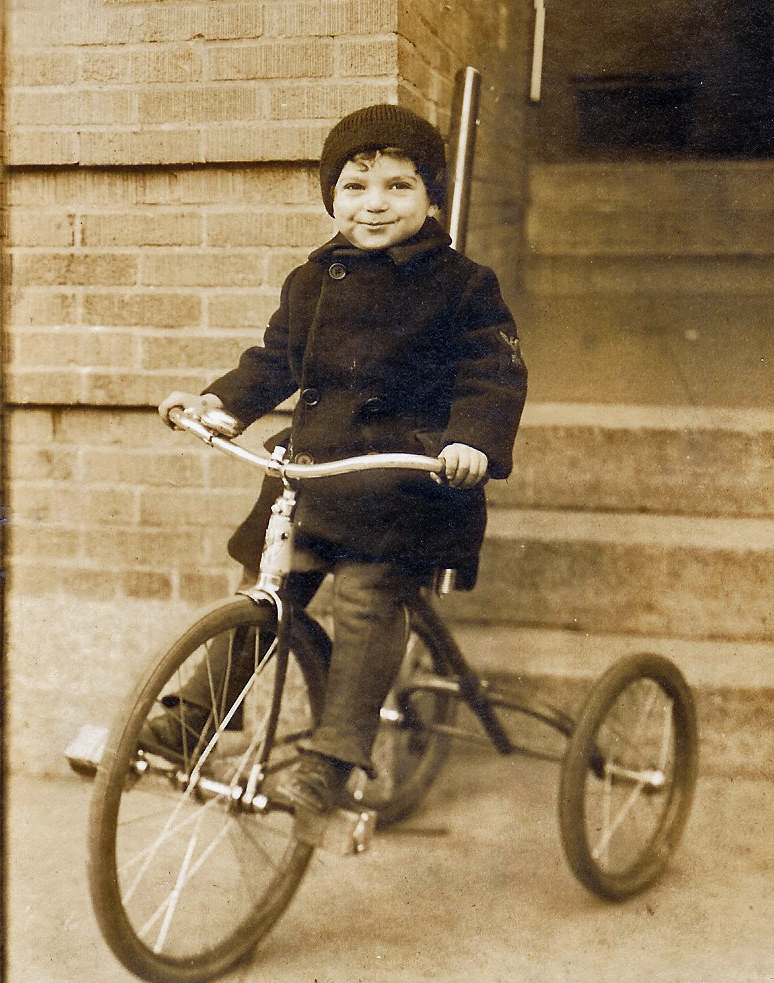Traveling Photographer Photos

Queens New York c. 1942

Bronx New York c. 1932

Bronx New York c. 1932
Traveling photographers with ponies and props were a common sight in many American neighborhoods during the mid-20th century, particularly from the 1930s through the 1950s. These salesmen combined photography with a touch of novelty, offering families a unique and memorable experience. Here’s how it worked:
The Business Model
• The Salesmen: These individuals were often independent entrepreneurs or part of a larger traveling photography business. They would visit neighborhoods, especially during warmer months when children were more likely to be outside.
• The Pony: A small, well-groomed pony—sometimes adorned with a western-style saddle, fringed blanket, or costume—was the centerpiece. The pony’s appeal lay in its novelty, especially for urban or suburban families who rarely encountered such animals.
• The Offer: The salesman would invite parents to have their children photographed sitting on or standing next to the pony. Often, the children were dressed in cowboy hats or other costumes provided by the photographer, adding a playful and nostalgic theme.
• Sales: The salesman would either take payment upfront or return later with developed photos to sell to the family.
Why It Was Popular
1. Affordable Entertainment: During the Great Depression and post-war years, families sought simple and affordable pleasures. A pony photo was a relatively low-cost luxury.
2. Novelty Factor: For many children, especially those in cities, meeting a pony was a thrilling experience.
3. Keepsake Value: The black-and-white or sepia-toned photographs became cherished mementos, often displayed prominently in homes or kept in family albums.
Legacy
Today, these photos are nostalgic treasures for many families, evoking memories of a simpler time. Collectors and historians often seek out these images as part of Americana, and they occasionally surface in exhibitions, vintage shops, or online marketplaces. If you have one of these photos in your family, it’s a charming piece of history!
